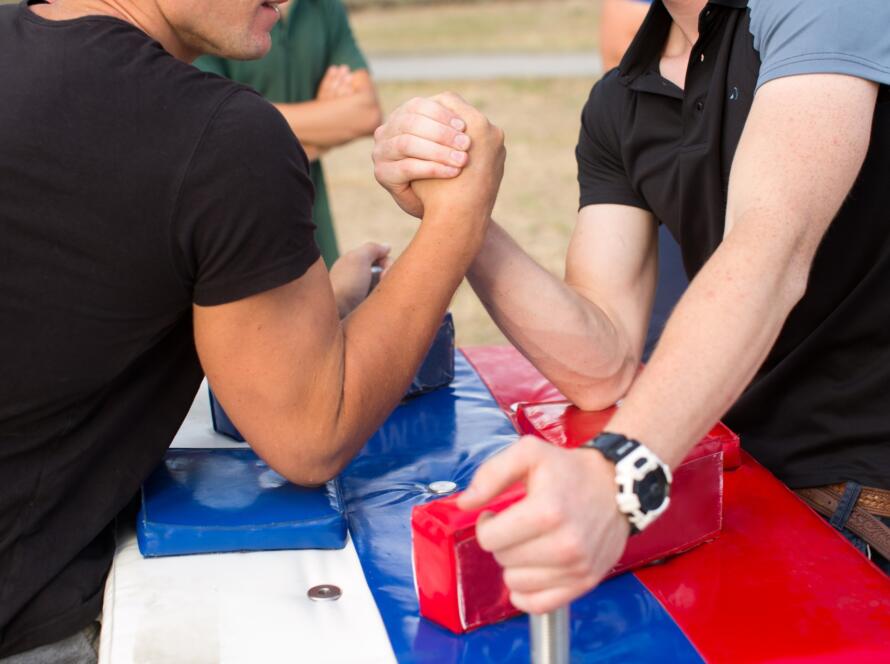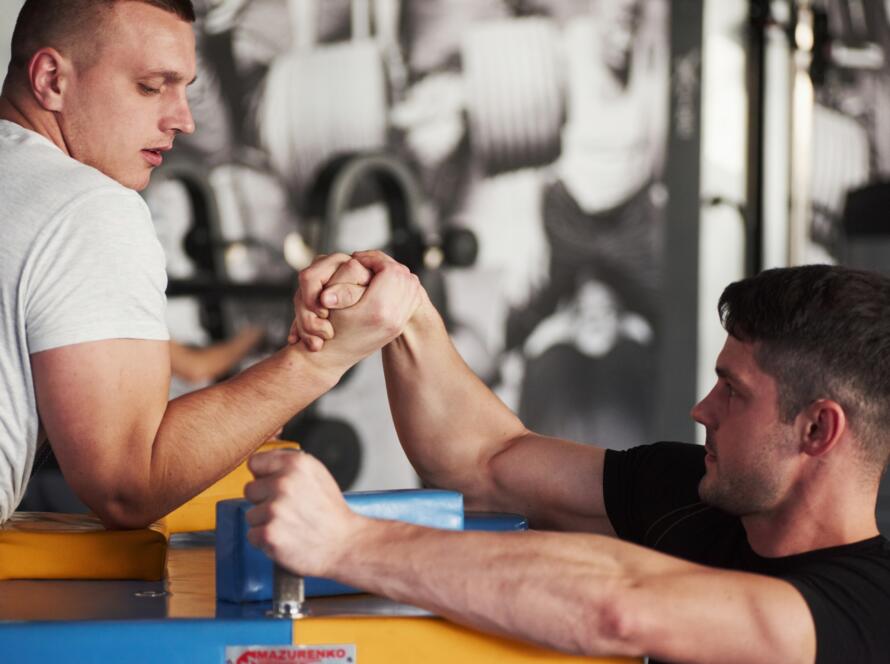The King’s Move is the most debated technique in armwrestling. Loved by some, hated by others—it’s a defensive masterpiece that tests patience, tendon strength, and strategy.
What Is the King’s Move?
The arm drops low, nearly straight, while the body leans away. This creates a long leverage angle that’s hard to beat. It’s not about winning quickly—it’s about surviving and tiring out the opponent.
Key Mechanics
- Low Arm Position: Maximizes leverage and endurance.
- Tendon Reliance: Uses joint durability over muscle strength.
- Defensive Posture: Designed to stall and counter.
- Endurance Play: Wears down stronger opponents.
Training for the King’s Move
This style requires unique conditioning:
- Static Holds: Build tendon strength.
- Joint Conditioning: Focus on durability over size.
- Defensive Sparring: Practice surviving against stronger opponents.
- Strap Work: Learn to use the strap for leverage.
Who Should Use the King’s Move?
The King’s Move is ideal for:
- Experienced Pullers: Those with joint conditioning.
- Defensive Strategists: Pullers who play the long game.
- Endurance Athletes: Those who thrive in drawn-out matches.
Strategy and Setup
Set up with a low grip and prepare to drop your arm. Lean away and focus on survival. Wait for the opponent to tire, then counter.
Real-World Examples
Michael Todd’s use of the King’s Move has sparked debate but also earned him wins against top-tier athletes. His endurance and timing make him a master of this style.
Conclusion: Survive and Conquer
The King’s Move isn’t for everyone, but in the right hands, it’s a fortress. If you’re a tactician with iron joints, this might be your secret weapon.


